There are aliens in the universe, according to one astronaut. But humanity has one massive stumbling block when it comes to finding them.
The comments were made by Katherine Bennell-Pegg, who is best known for being Australia's first-ever female astronaut.
Speaking at a recent conference Down Under, she took a number of questions from the audience as part of the segment where the topic of extra-terrestrial life was brought up.
It is the latest in a recent line of metaphorical little green men making the headlines, with NASA saying in October that it reckons there could be a chance of finding tiny alien life under Mars' surface.
Publishing a new paper, Aditya Khuller from NASA's Jet Propulsion Laboratory (JPL) said we 'should be looking' under Mars' exposed icy segments.
And in stark contrast, freshly president-elected Donald Trump spoke about releasing secret files on UFOs in a candid chat with podcast host Joe Rogan.
Speaking on The Joe Rogan Experience, Trump said he would declassify government papers on UFOs if he won back the keys to the White House; something he did in rousing style.
Now, Bennell-Pegg has added to the chatter surrounding alien life during a sit-down chat at Sydney's South by Southwest conference.
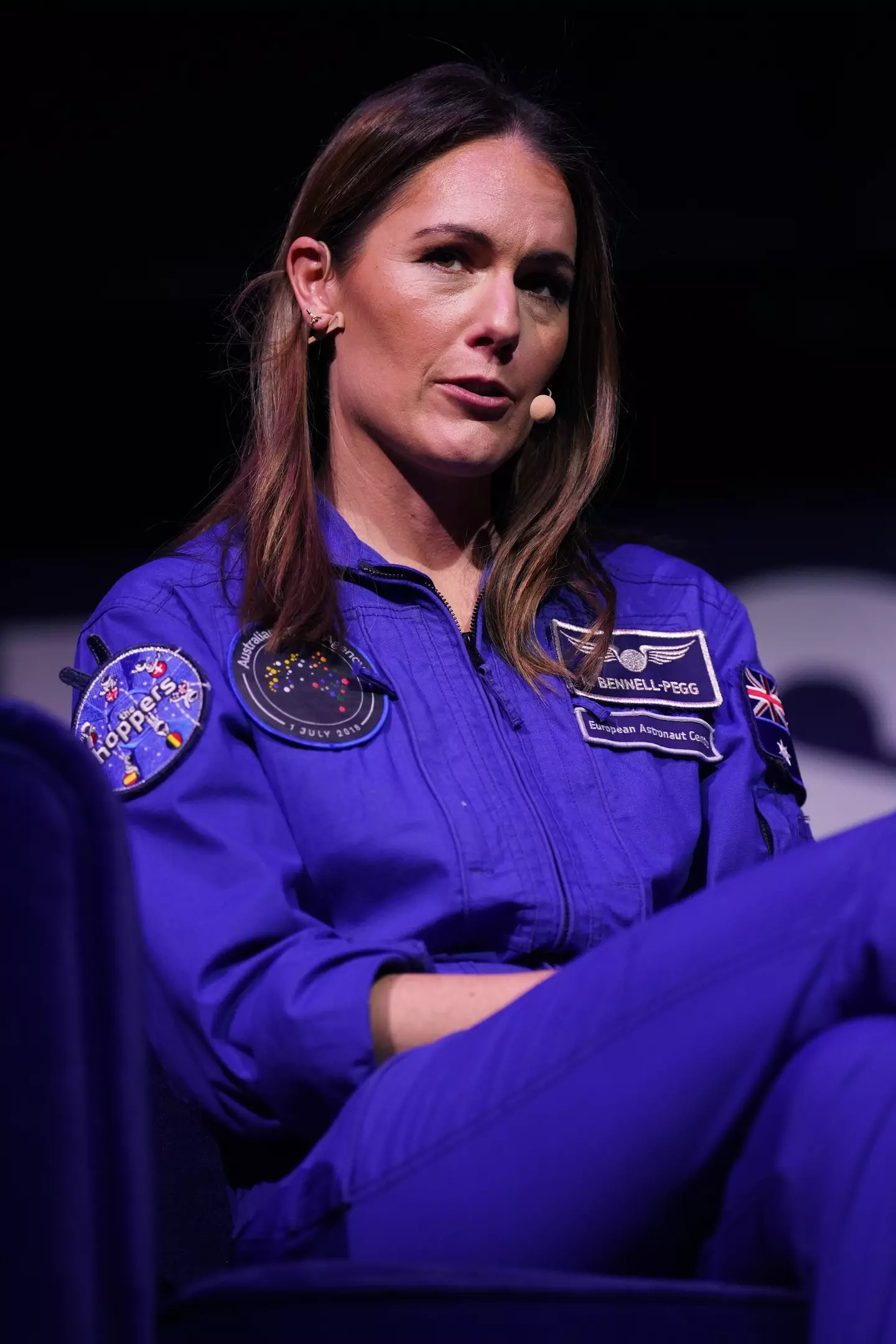
Alien life is likely, she says (Nina Franova/Getty Images for SXSW Sydney)
The 39-year-old currently sits as Director of Space Technology with the Australian Space Agency (ASA), meaning she knows what she's talking about and then some.
So when asked about aliens existing in the universe, her answer should probably be listened to.
"There are definitely aliens out there," she said when asked about the topic. "I don’t think they walk among us, even if it feels like that sometimes."
But the issue for humanity is finding these creatures, which is a bit of an issue given the size of the universe and, as a result, the technology to investigate.
And even if life was thought to be found, the biggest hurdle remains.
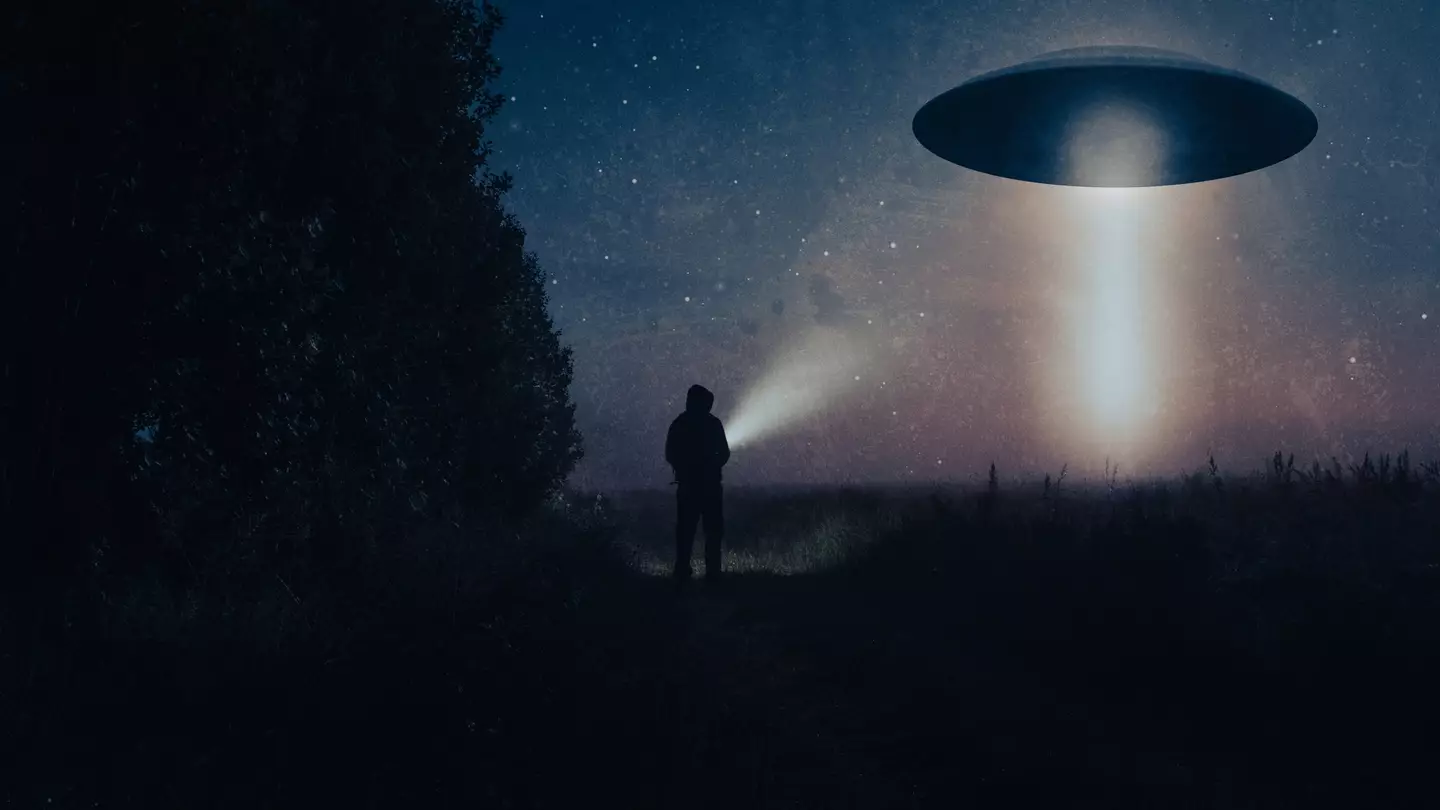
Maybe not (Getty Stock Image)
Bennell-Pegg explained: "Given the scale of the universe, we think there are somewhere between 100 to 200 sextillion stars in the universe.
"That is similar to the number of grains of sand on all the beaches on Earth.
"All the ingredients for life, the molecules and elements we need, are the most abundant in the universe."
She continued: "We’ve just started looking at exoplanets with space telescopes, and just in the last six years we’ve found almost 6,000 exoplanets, that is planets around other stars.
"Many of them are in what could be a habitable zone. I just think, odds are, life is out there. The interesting thing is though, if it is, will we ever be able to communicate with them? Who knows."

Our idea of what is out there is crafted by science fiction (Getty Stock Image)
And even if we found alien life, there is no guarantee it still exists, according to the logic behind the James Webb Space Telescope used to look into deep space.
To explain quickly, Webb acts as a real-life time machine in the sense that it takes images from deep in space. And it takes these pictures at huge distances away from what is being captured by its Near Infrared Camera (NIRCam).
Because of how light travels, when we observe objects that are far away, we observe them not as they are, but as they were.
To flip it, alien life on another planet looking at Earth wouldn't necessarily see humanity, but rather what came before us. So they might be looking at life on Earth, but it isn't necessarily human life and it definitely isn't as we are now. Dinosaurs, anyone?
Featured Image Credit: Nina Franova/Getty Images for SXSW Sydney/Getty Stock Image
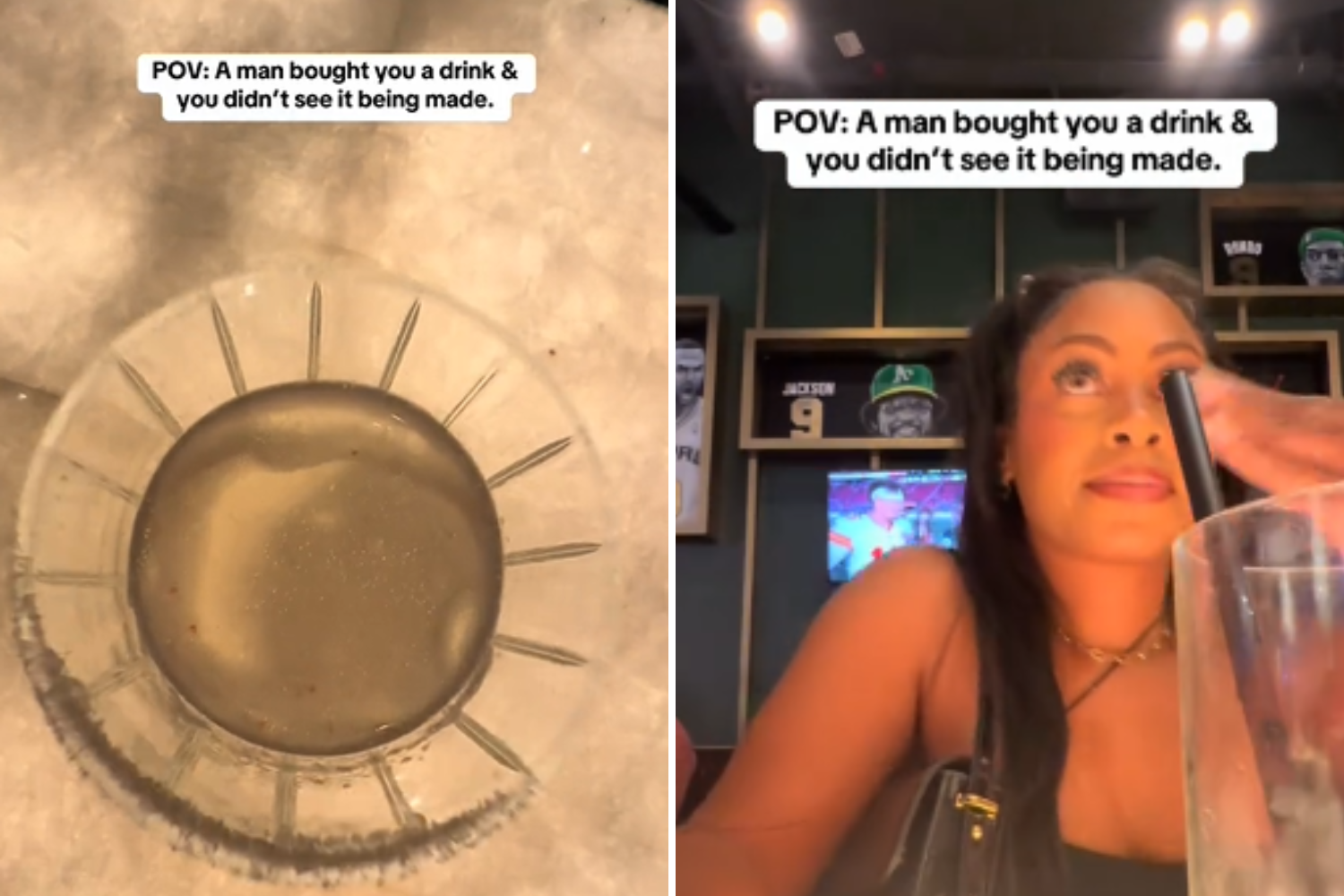


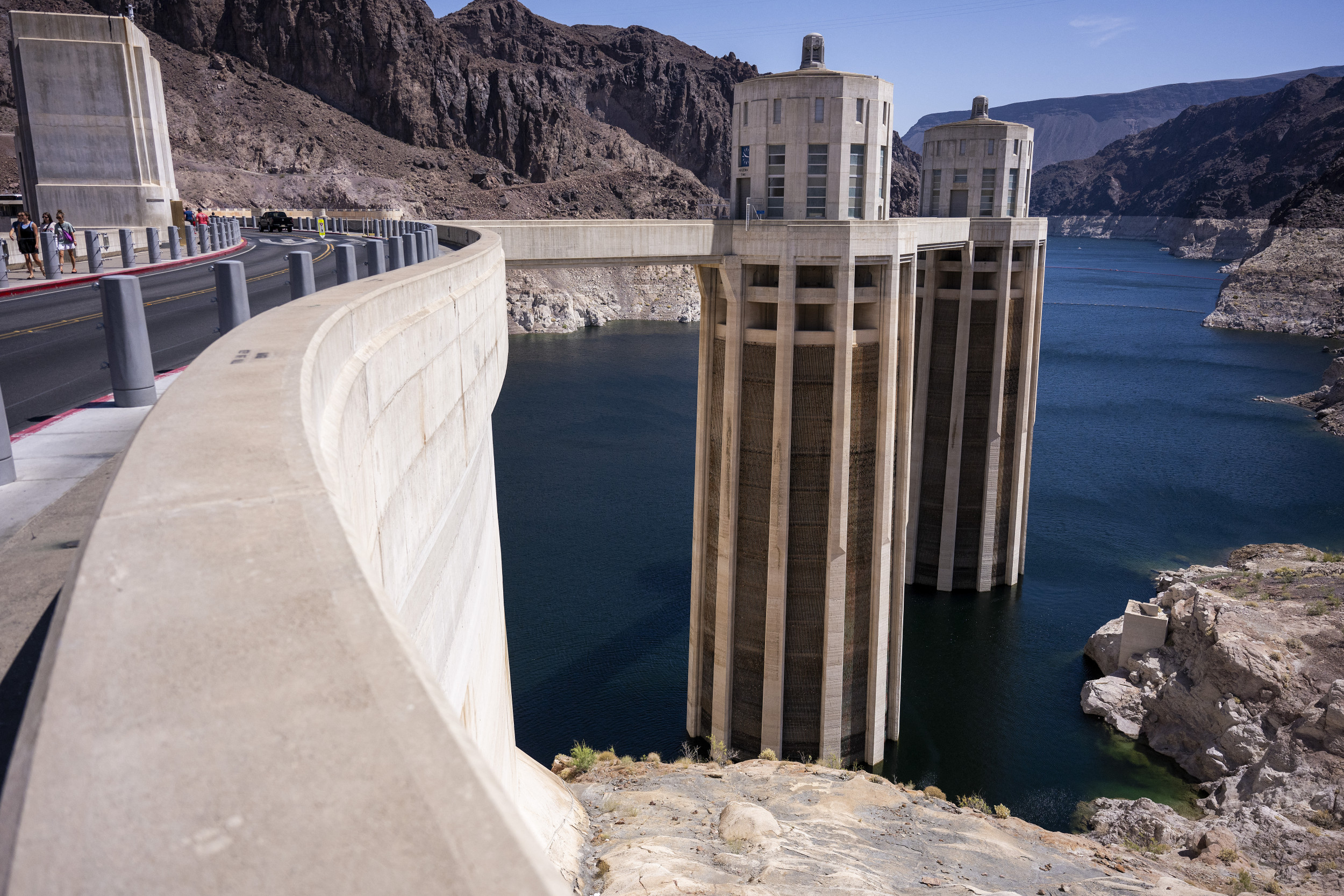

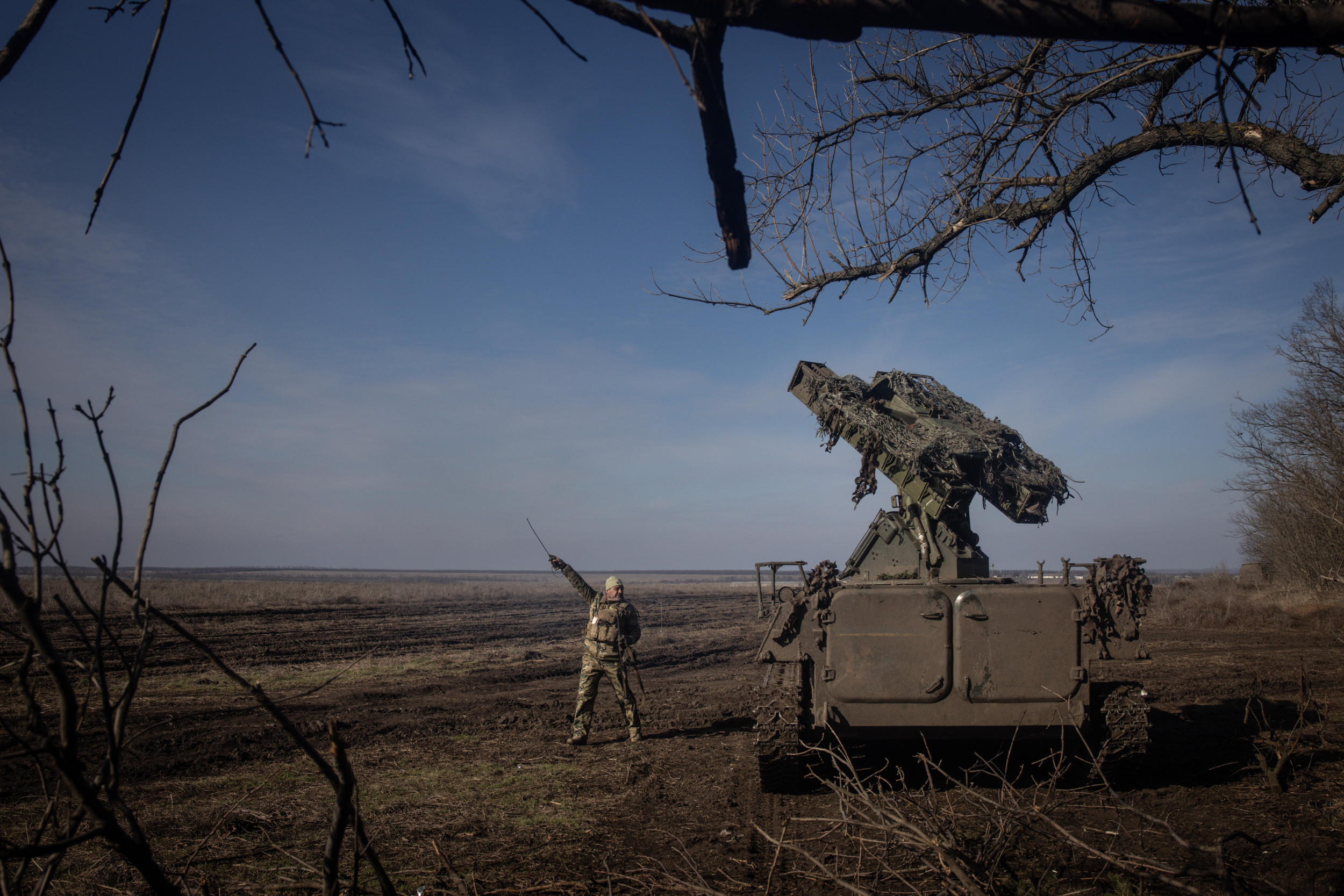

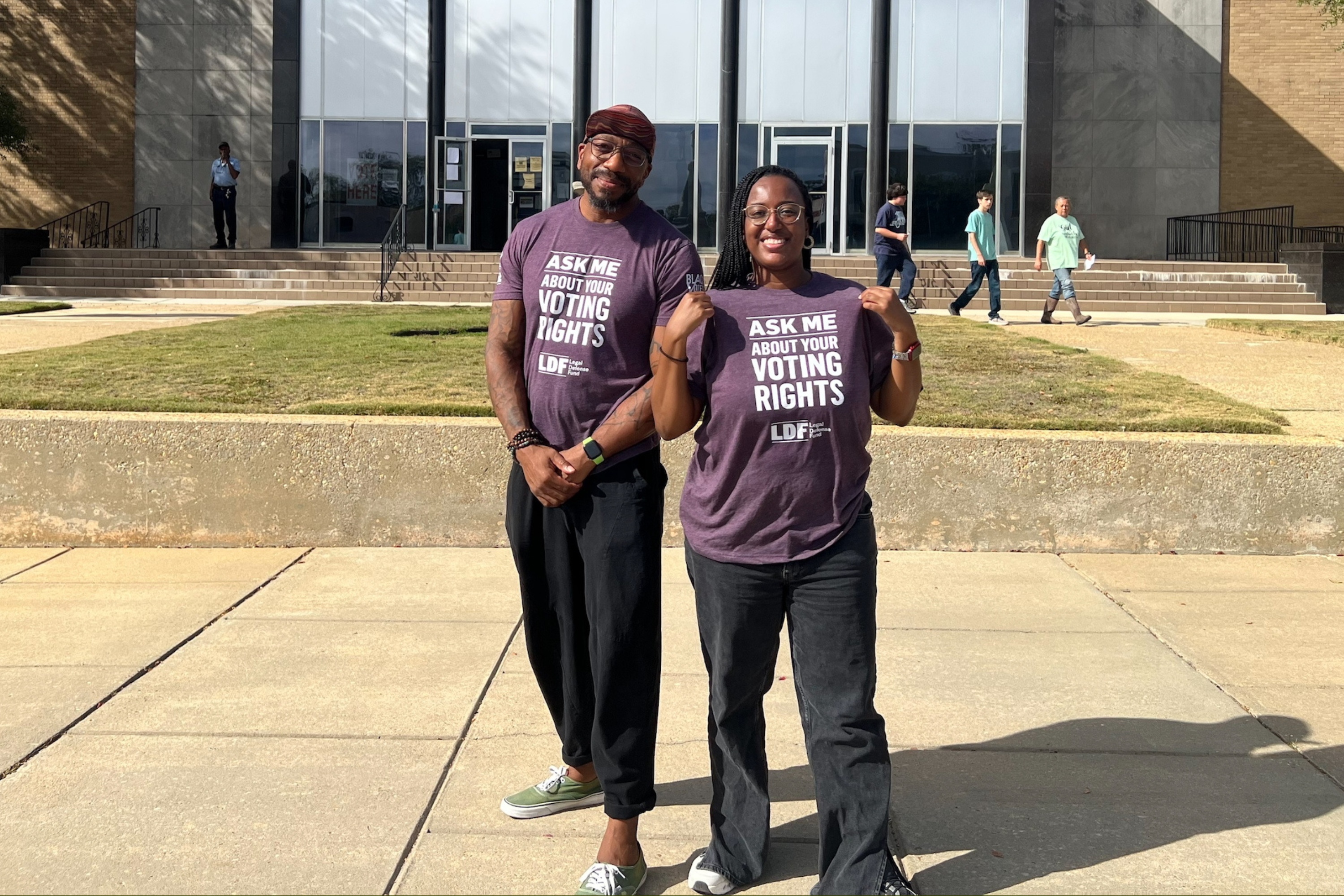


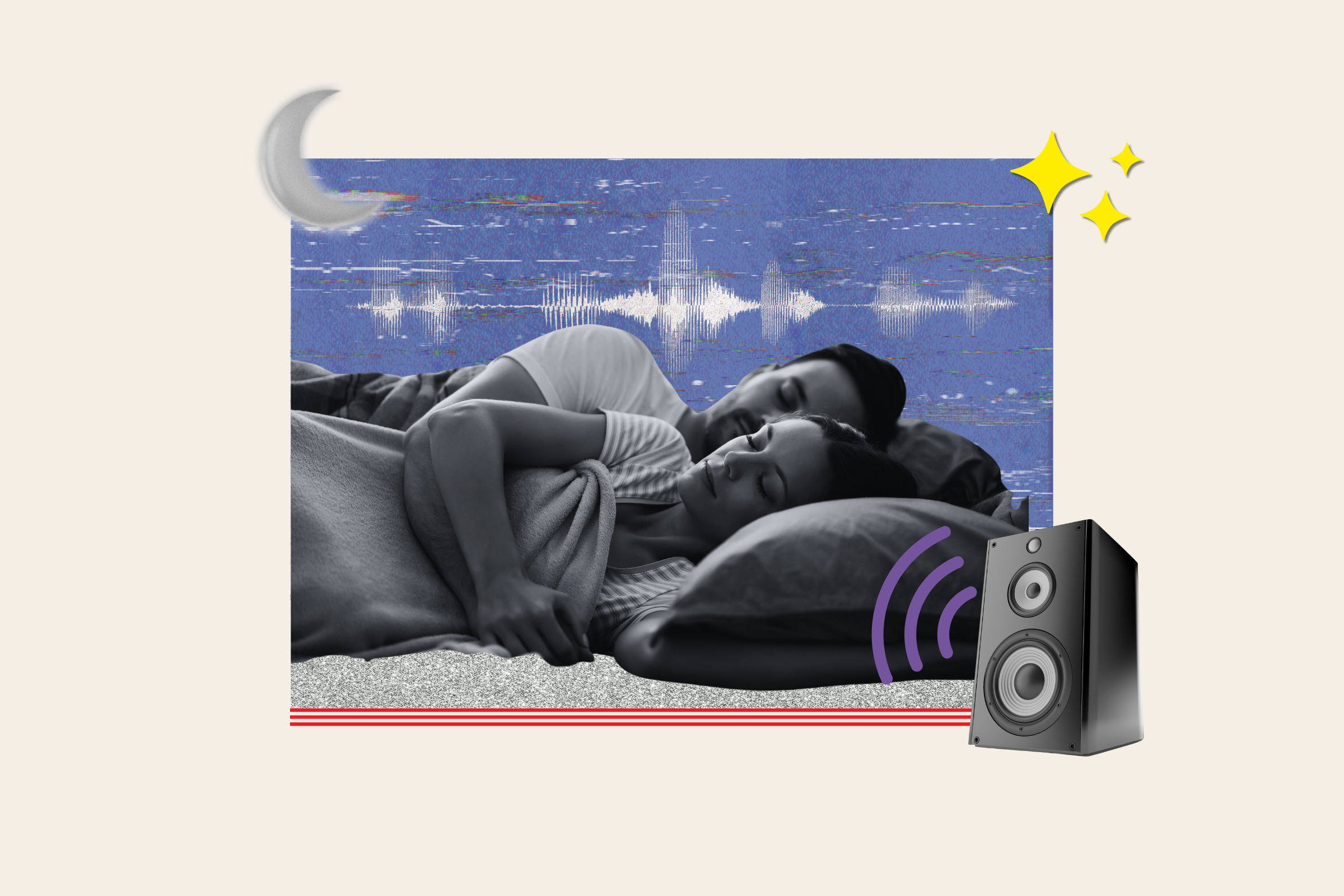









 English (US) ·
English (US) ·